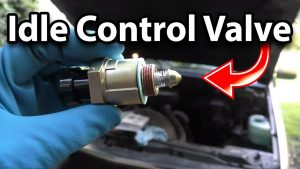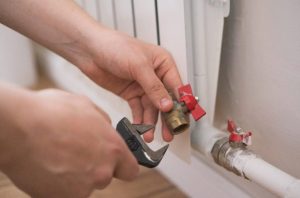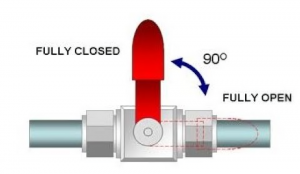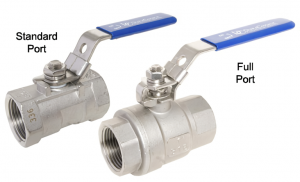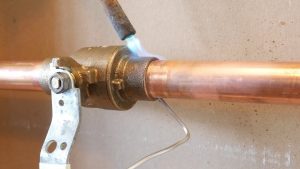The resilient seat butterfly valve, as a component used to achieve on-off and flow control of pipeline system, has been widely used in many fields, such as petroleum, chemical industry, metallurgy, hydropower. The butterfly plate of resilient seated butterfly valve is installed in the diameter direction of the pipeline. In the cylindrical channel of butterfly valve body, the disc-shaped butterfly plate rotates around the axis with the rotation angle between 0° and 90°. When rotated to 90°, the valve will be fully open.
There are six classifications of resilient seated butterfly valve:
1. Classification by sealing surface material
- Resilient seated butterfly valve: the sealing pair is made of non-metallic soft material.
- The sealing pair is composed of metal hard material and non-metal soft material: metal seat butterfly valve. The sealing pair is made of hard metal materials.
2. Classification by structural form
- Center butterfly valve
- Coal valve of single-eccentric sealing
- Butterfly valve of double-eccentric sealing
- Tap valve of three-eccentric sealing
3. Classification by sealing form
- Forced-sealing butterfly valve: elastic-sealing butterfly valve. The specific pressure of sealing is produced by the elasticity of valve seat or valve plate after the valve plate presses the valve seat when the valve is closed.
- Torque-sealing butterfly valve. The sealing pressure is generated by the torque applied to the valve shaft.
- Pressurized-sealing butterfly valve. The sealing pressure is generated by the charging of the sealing component of the elastic part on the valve seat or valve plate.
- Automatic-sealing butterfly valve. The sealing pressure is automatically generated by the medium pressure.
4. Classification by working pressure
- Vacuum butterfly valve: the butterfly valve with lower working pressure than the standard atmospheric pressure.
- Low-presssure butterfly valve: the butterfly valve with nominal pressure PN < 1.6mpa.
- Medium-pressure butterfly valve: the butterfly valve with nominal pressure PN 2.5 – 6.4mpa.
- High-pressure butterfly valve: the butterfly valve with nominal pressure PN 10.0 – 80.0mpa.
- Ultra high-pressure butterfly valve: the butterfly valve with nominal pressure PN > 100mPa.
5. Classification by junction
- Wafer butterfly valve
- Flange butterfly valve
- Lug butterfly valve
- Welding butterfly valve
6. Classification by operating temperature
- High-temperature butterfly valve: t > 450℃
- Medium-temperature butterfly valve: 120℃
- Normal-temperature butterfly valve: -40℃
- Low-temperature butterfly valve: -100℃
- Ultra low-temperature butterfly valve: t < – 100 ℃






